Get PeakVisor App
Sign In
Search by GPS coordinates
- Latitude
- ° ' ''
- Longitude
- ° ' ''
- Units of Length

Yes
Cancel
Share ×

Scan the QR code and open PeakVisor on your phone
❤ Wishlist ×
Choose
Delete
The Locvei and Almăjului Mountains are part of the Banat Mountains group, along with the Anina, Dognecei, and Semenic Mountains. This mountain region is located in the southwestern part of Romania and is part of the greater Carpathian Range. The mountains are famed for their extensive limestone features, such as gorges, lakes, caves, waterfalls, and forests. There are 18 named mountains in Munții Almăjului - Locvei. Urzica (861 m / 2,825 ft) is the highest point. The most prominent mountain is Corhanul Mare (736 m / 2,415 ft).
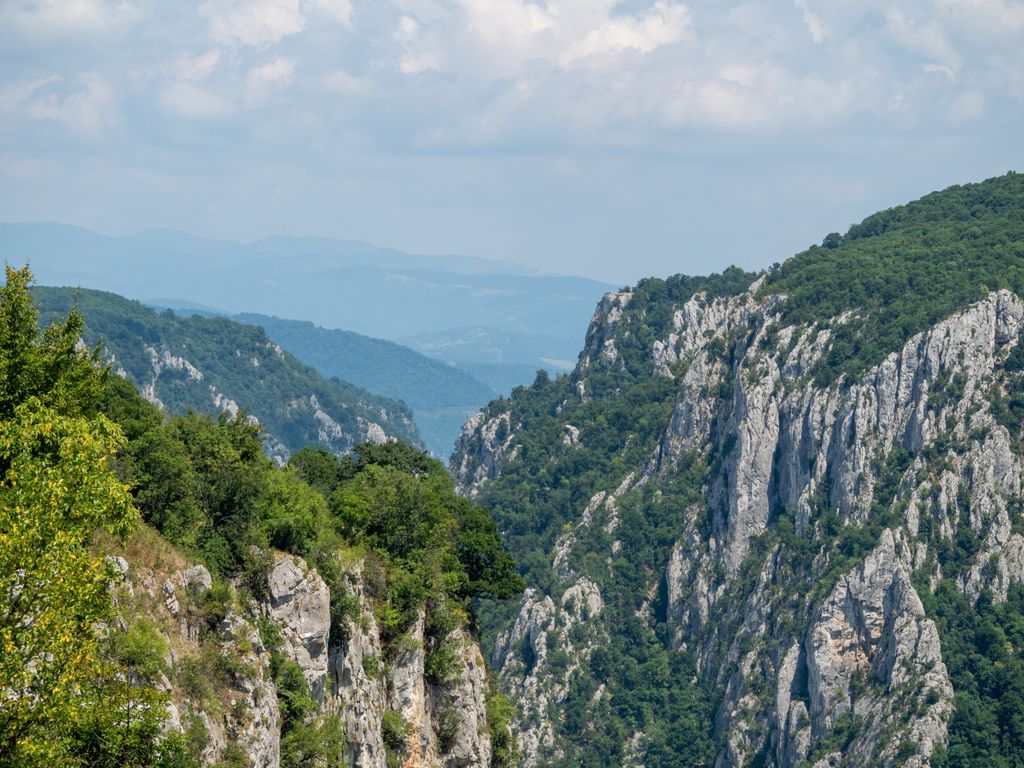
Situated in southwest Romania within Caras Severin County, the Locvei and Almăjului Mountains are bordered to the southwest by the Danube, to the north by the Anina Mountains and the Maros/Moriš/Mureş River, the Cerna River to the east, and to the west by the Banat Plain.
You'll find three national parks in the Banat Mountains region: Iron Gates Natural Park, Domogled Black Valley National Park, and Cheile Nerei-Beușnița National Park. Although the Banat Mountains may lack the towering heights of the Carpathians, they offer karst landscapes not found elsewhere in the country. The Locvei and Almajului Mountains are characterized by limestone relief featuring spectacular gorges, caves, ravines, and numerous karst-specific formations.
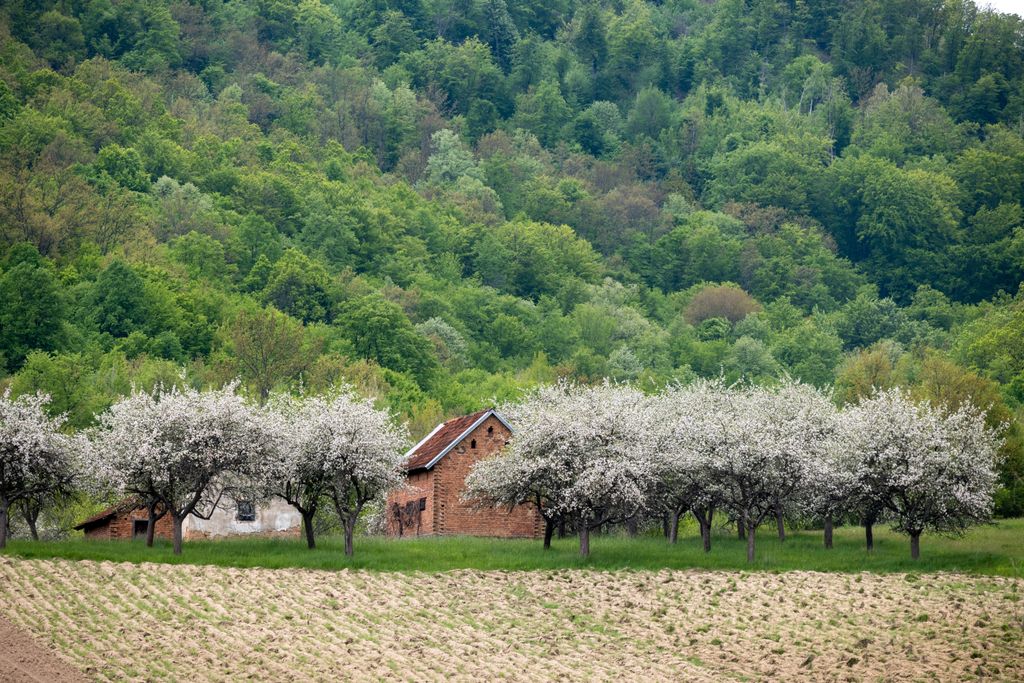
This region boasts diverse geological formations, from older Proterozoic rocks to younger Quaternary sediments. Over geologic time, the mighty Danube River has sculpted its way through the Banat Mountains.
The calcareous relief formations are particularly notable, giving rise to breathtaking gorges, caves, and ravines, characteristic of karst topography. Notably, Cheile Nerei stands out as one of Romania's longest gorge sections, spanning over 22 km (13 mi), and the Danube Gorge is recognized as the longest in Europe. The Iron Gates comprises four smaller gorges and three valleys. The riverbed of the Danube also features deep whirlpools, with some exceeding 80 m (262 ft) in depth.
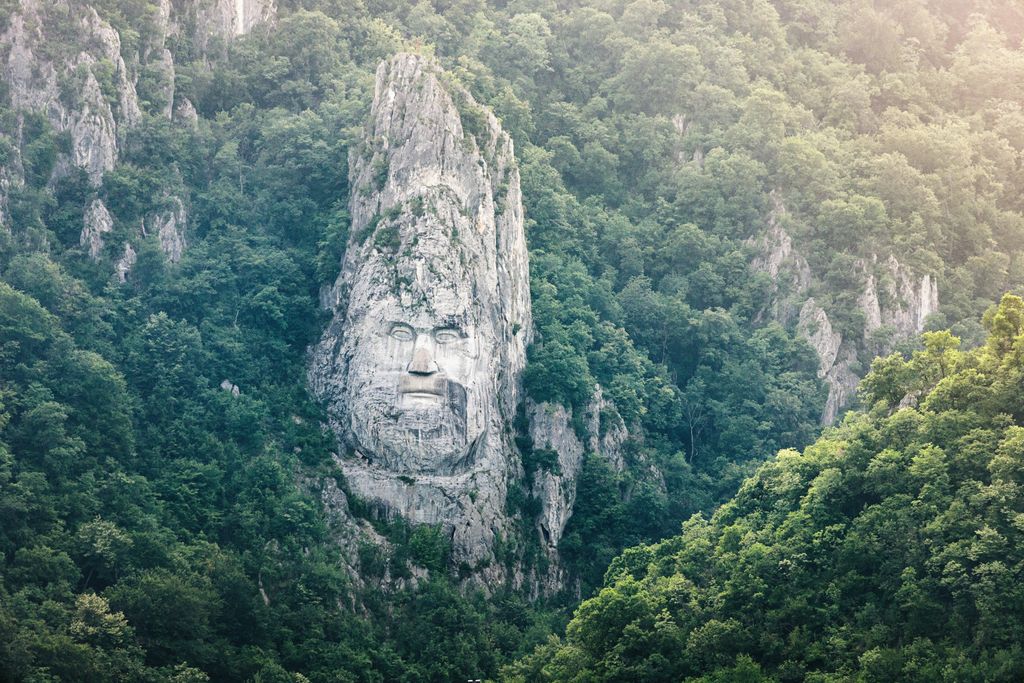
In addition to the geological wonders, the Almăjului - Locvei Mountains house extensive mineral resources. These massifs significantly contribute to the country's mineral wealth and are home to two of Romania's three largest metallurgical complexes, in Reșița and Hunedoara.
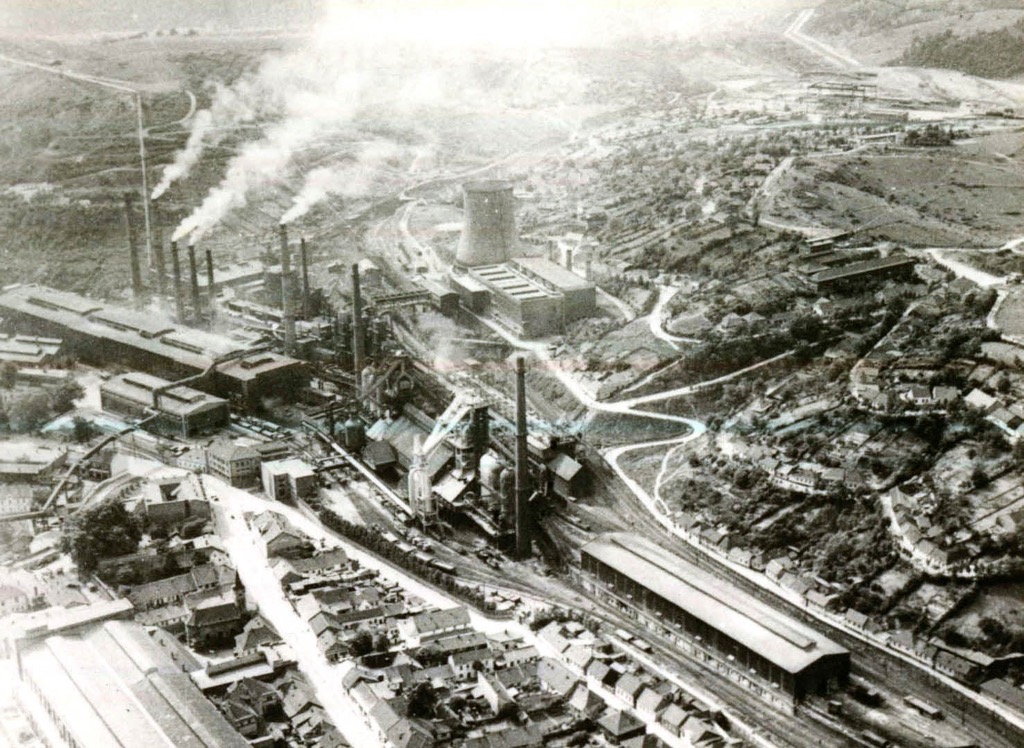
Like much of the mountainous reaches of Romania, the Munții Almăjului - Locvei area is an exceptionally biodiverse region, owing its richness to the landscape, Mediterranean climate influences, and rugged gorges.
Less-studied ecosystems, including beech and oak forests and fields, occupy the area’s largest portion. The mixed forest encompasses various tree and shrub species, while herbaceous plants consist of orchids, fritillaries, and more. Habitats include centuries-old beech trees with Turkish hazel and lilac bushes.
The fauna includes brown bears, deer, wolves, otters, golden eagles, kingfishers, hazel grouse, reptiles, amphibians, and various fish species. The landscape supports a variety of woodpeckers, insects, and two-thirds of Romania's bat species.
The area is home to nesting peregrine falcons, lynxes, and otters. The intricate cave systems in the park harbor significant bat populations, creating a unique and thriving ecosystem. The mountains are also a sanctuary for two rare reptile species, Hermann’s Tortoise and the Long-Nosed Viper.
Locvei and Almajuli Mountains feature cultural wealth. Archaeological sites in 24 caves in Cheile Nerei reveal traces of human habitation from the Paleolithic to the present. Notably, Cheile Minişului cave holds Europe's oldest identified human skeletal remains.
The Iron Gates Mesolithic sites, particularly the gorge of Gospodjin Vir, house the significant archaeological site of Lepenski Vir, considered the most important Mesolithic site in southeastern Europe, dating back approximately 5,000-13,000 BCE.
Roman Emperor Trajan commissioned the bridge built by Apollodorus of Damascus, constructed from 103 to 105, preceding Trajan's final conquest of Dacia.
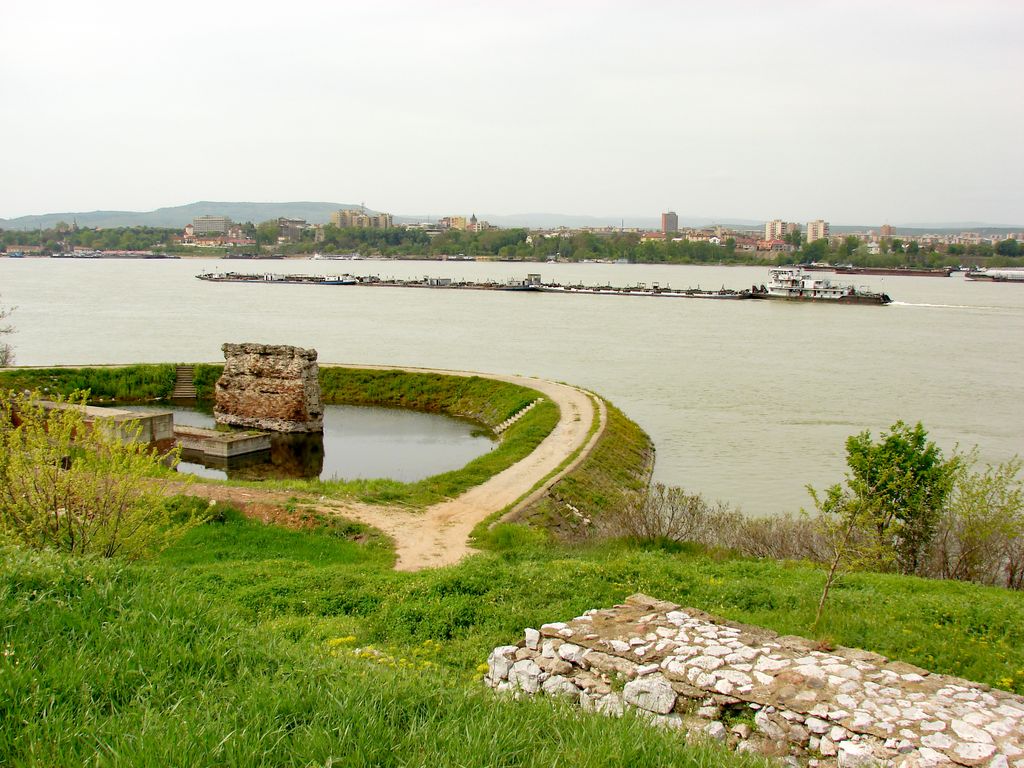
In Iron Gates National Park, Europe's largest rock sculpture depicts the ancient Dacian king, Decebal, standing almost 55 m (180 ft) tall. Decebal proudly resisted the Romans for decades before finally succumbing to their power in AD 106.
Although the sculpture looks like something from Game of Thrones, it’s actually a modern creation by Romanian businessman Iosif Constantin Dragan. Accessible only by water, it required a decade of challenging work by a dozen artisans.
On the Serbian shore opposite lies the rock inscription Tabula Traiana, symbolizing the completion of the road that facilitated the Roman Empire's final attack on the Dacian Kingdom.
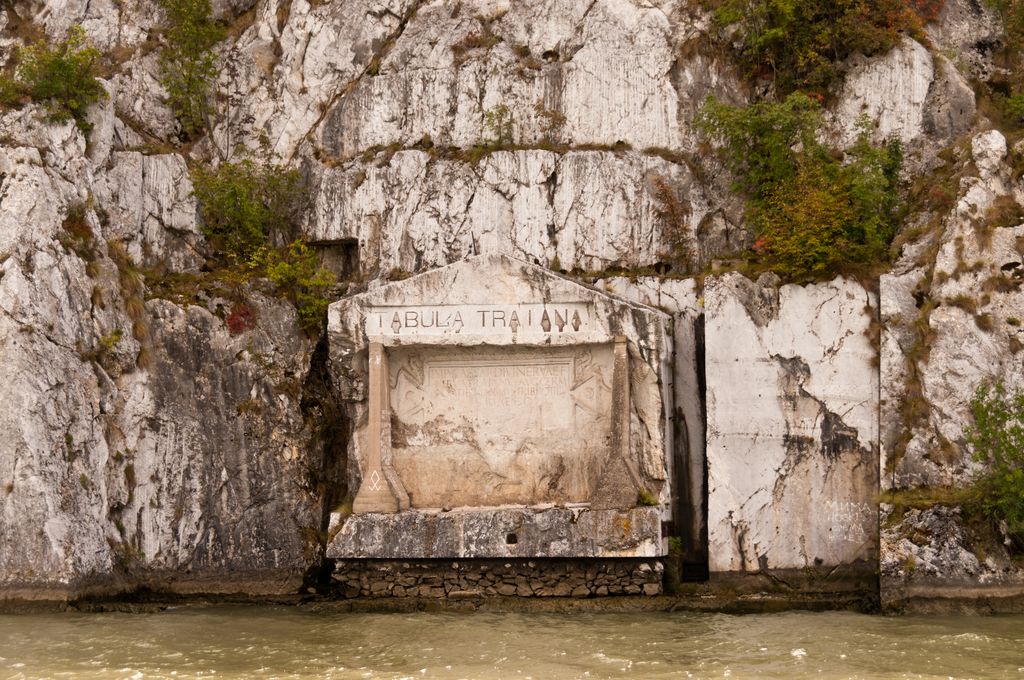
Demographically, numerous Czech communities near the Danube Gorge contribute to the cultural diversity in the area. Serbian influences in the Locvei and Almajuli Mountains also add a touch of multiculturalism.

The summit of Corhanul Mare is the most prominent point of the massif, standing proudly at 736 m (2,415 ft). The journey begins in Eftimie Murgu with an ascent of Svinecea Mare, followed by a scenic stop in the Moldova Noua region. Corhanul Mare Peak is the next leg, offering some of the best views of the Locvei and Almăjului Mountains.
The Outlaws’ Cave (Grota Haiducilor) is on the way to Corhanul Mare Peak. Follow the historic Roman stone-paved road for 4 km (2.5 mi) and reach the entrance to the Outlaws' Cave, a 1370-meter (4,495 ft) underground extension of Ogașului Găurii. The cave features a vast hall with collapsed blocks, with only 10% explored thus far.
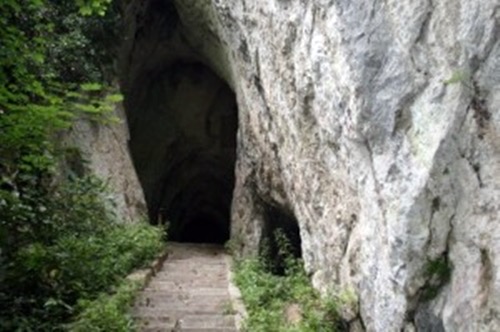
Modăvița is the younger counterpart to the renowned Bigăr Waterfall. The falls cascade nearly 30 m (98 ft) in multiple steps over moss-covered travertine.
Nestled in the Locvei Mountains within the Portile de Fier Natural Park, just 8 km (5 mi) from Moldova Nouă, Modăvița is easily accessible year-round, with spring months offering an especially spectacular display. Additionally, only 2 km (1.2 mi) downstream lies the Burăul Mare Waterfall.
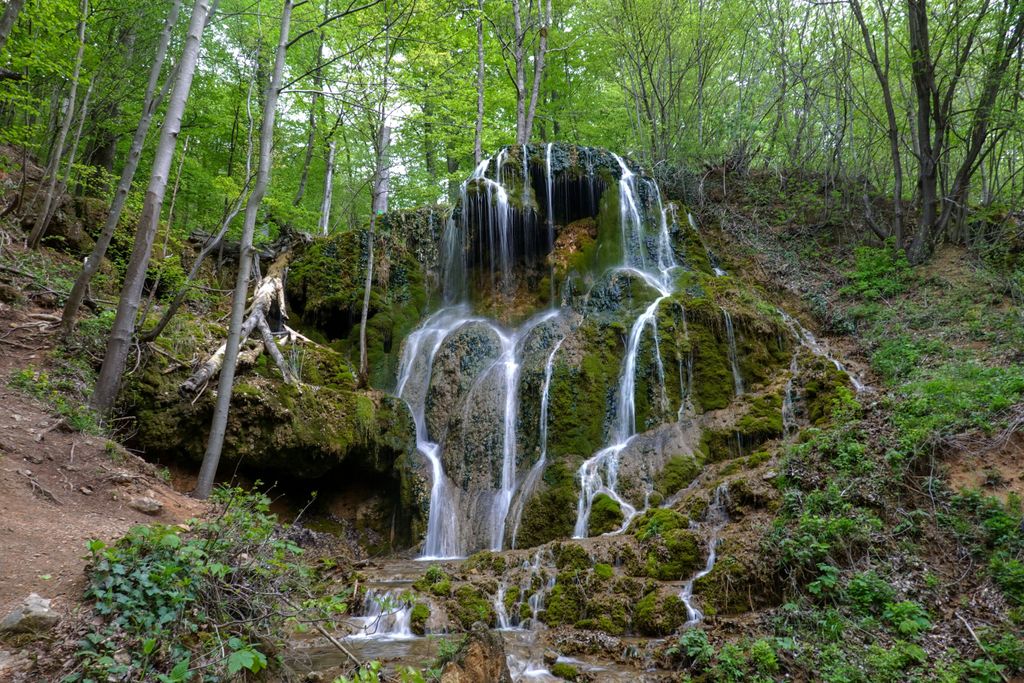
Drobeta-Turnu Severin, also called just Severin, is a city of around 100,000. Renowned for its historical landmarks, including the medieval fortress of Severin and the iconic Trajan's Bridge, visitors can enjoy the scenic riverfront along the Danube and the Iron Gorge.
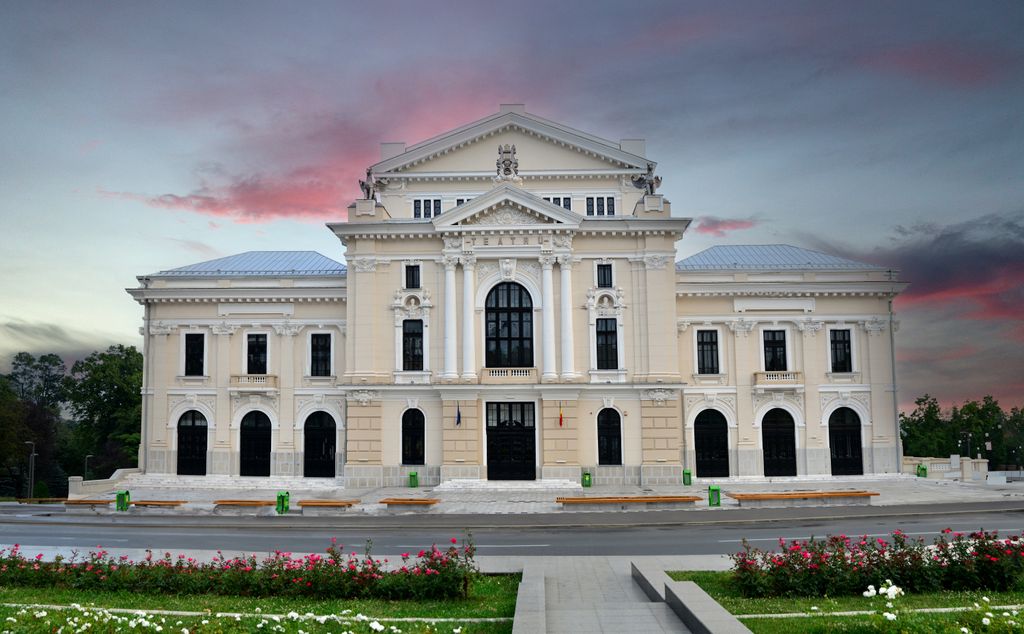
Situated in the western part of Romania, Timișoara is a vibrant city with a population exceeding 500,000. Recognized as the birthplace of the 1989 Romanian Revolution, it showcases well-preserved Baroque architecture in Union Square, Victory Square, and Liberty Square, establishing itself as a cultural hub at the heart of Romania.
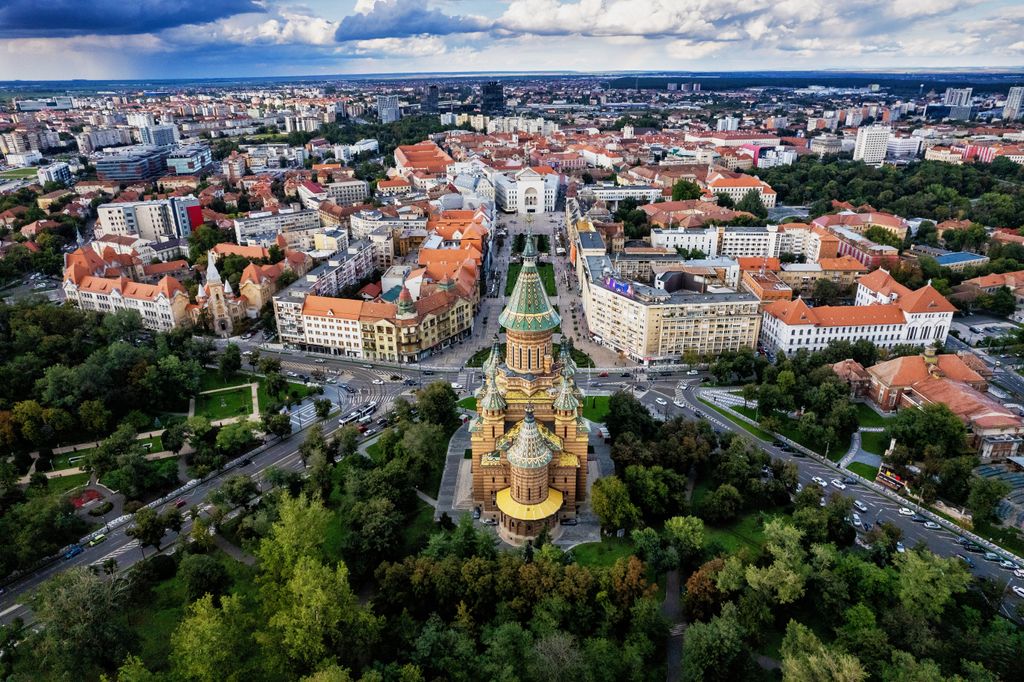
Nestled along the Danube and Sava Rivers with a population surpassing 1.5 million, Belgrade is a bustling metropolis with landmarks such as the Belgrade Fortress, Kalemegdan Park, and the St. Sava Temple.
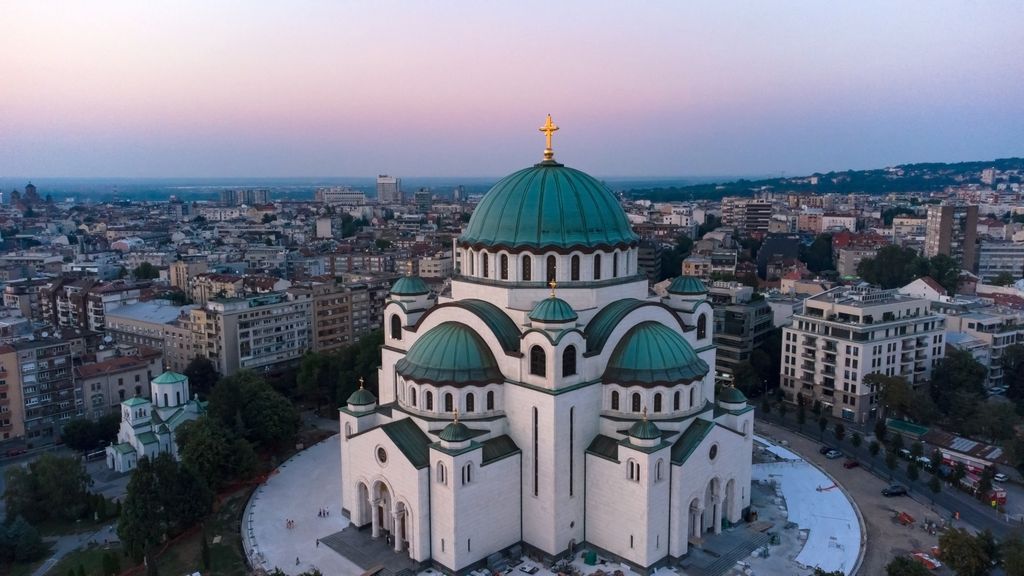
Explore Munții Almăjului - Locvei with the PeakVisor 3D Map and identify its summits.








